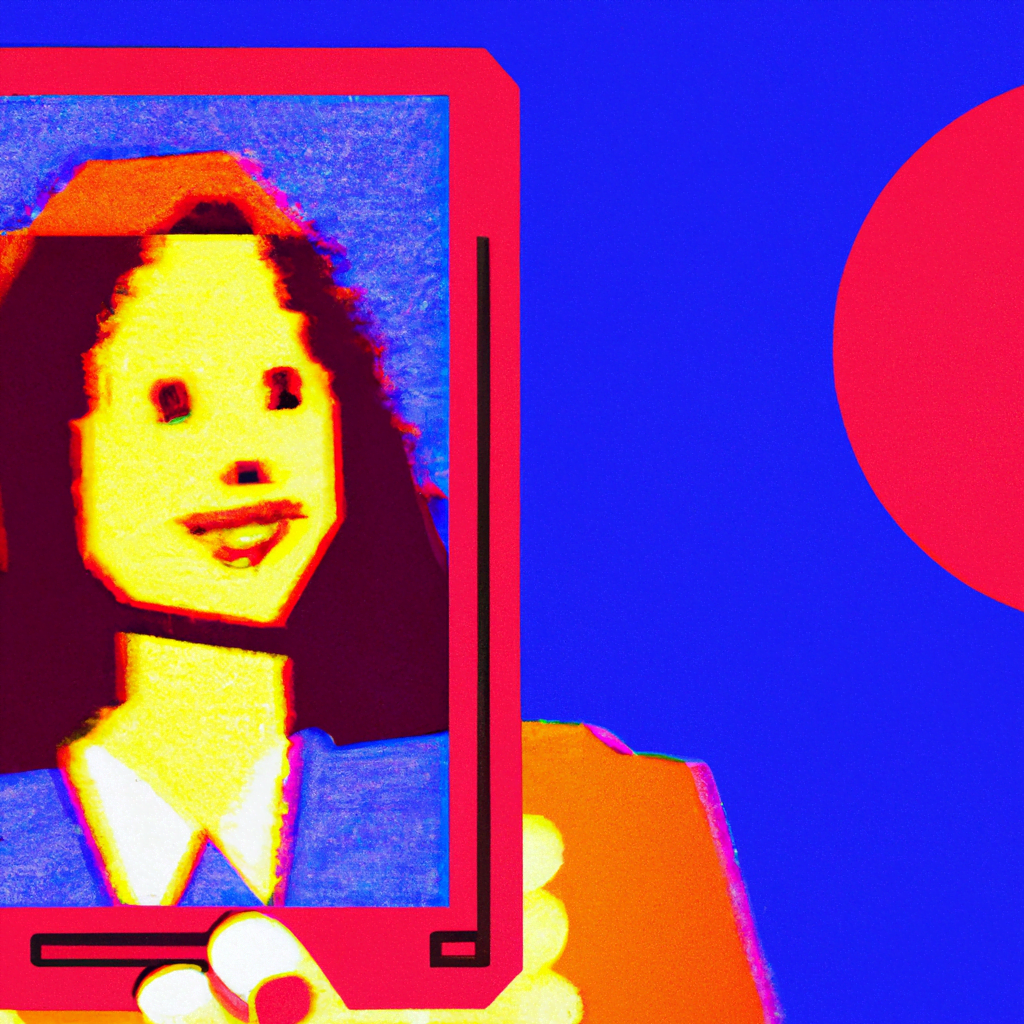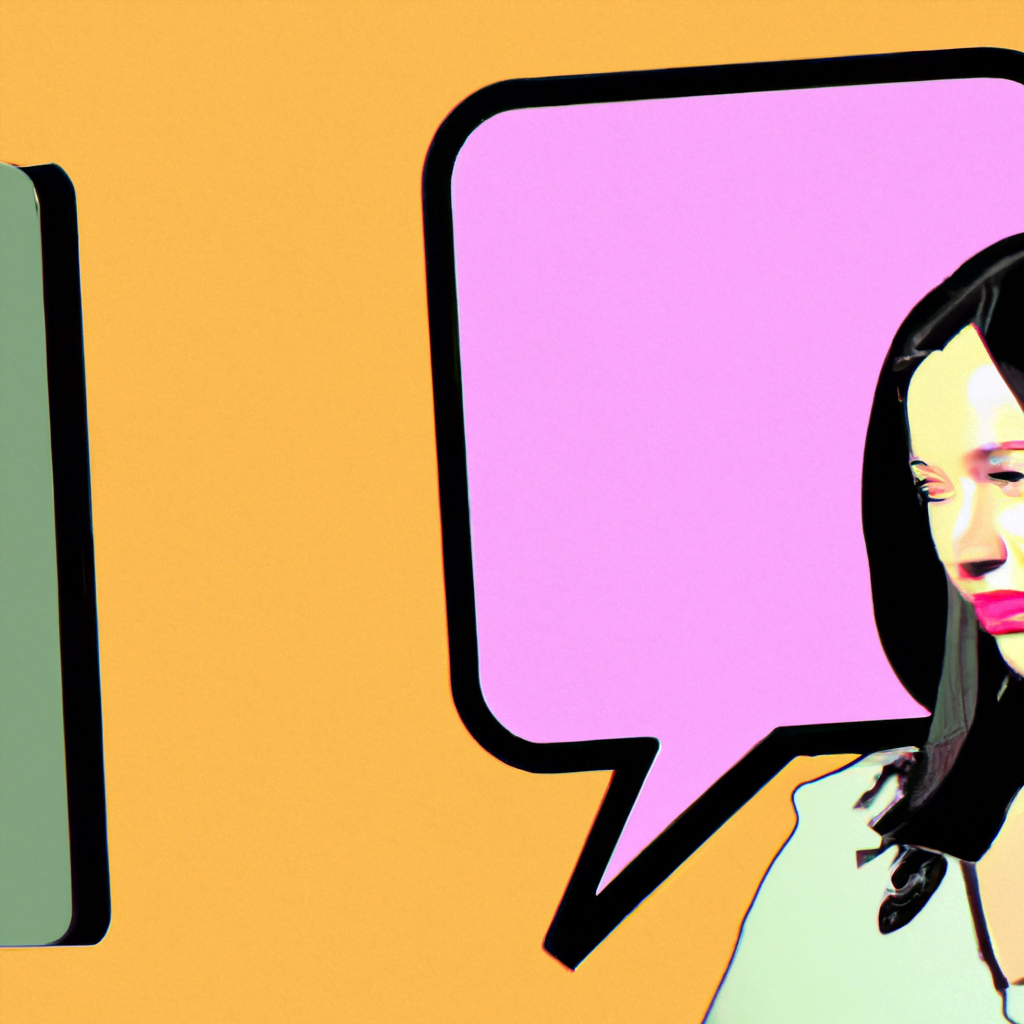
AI-Powered Image Editing and Retouching Techniques

With the rapid advancements in artificial intelligence (AI) technology, various industries have witnessed significant transformations. One such industry that has greatly benefited from AI is image editing and retouching. AI-powered image editing tools have revolutionized the way professionals and enthusiasts enhance and manipulate images. In this article, we will explore the various techniques and applications of AI in image editing, along with their benefits and potential challenges.
The Rise of AI in Image Editing
AI has become an integral part of image editing due to its ability to analyze and understand visual content. Traditional image editing techniques often require manual intervention and expertise, making the process time-consuming and labor-intensive. However, AI-powered image editing tools leverage machine learning algorithms to automate and streamline the editing process, saving both time and effort.
One of the key areas where AI has made significant strides is in automatic image retouching. AI algorithms can analyze an image and identify imperfections such as blemishes, wrinkles, and red-eye. By using deep learning techniques, these algorithms can then automatically retouch the image, resulting in a more polished and visually appealing final product.
AI-Powered Image Enhancement
AI algorithms have also been developed to enhance the quality of images. These algorithms can analyze an image and identify areas that need improvement, such as brightness, contrast, and color balance. By applying intelligent adjustments, AI-powered image enhancement tools can transform a dull or poorly exposed image into a vibrant and visually striking one.
One notable example of AI-powered image enhancement is the use of generative adversarial networks (GANs). GANs consist of two neural networks: a generator network and a discriminator network. The generator network creates new images based on existing ones, while the discriminator network evaluates the generated images for authenticity. Through an iterative process, GANs can generate high-quality images that are virtually indistinguishable from real ones.
AI-Powered Object Removal and Manipulation
Another area where AI has made significant advancements in image editing is object removal and manipulation. Traditional techniques for removing unwanted objects from images often involve complex manual editing or cloning. However, AI-powered tools can automatically identify and remove objects from images, saving time and effort.
For instance, Adobe’s Content-Aware Fill feature in Photoshop uses AI algorithms to analyze the surrounding pixels and intelligently fill in the gaps left by the removed object. This feature has greatly simplified the process of object removal and has become a valuable tool for photographers and designers.
AI algorithms can also be used to manipulate images by adding or modifying objects. For example, AI-powered tools can seamlessly insert new objects into an image, change the background, or even alter the facial features of a person. These capabilities have opened up new creative possibilities for photographers and designers, allowing them to create visually stunning and imaginative compositions.
Challenges and Limitations
While AI-powered image editing techniques offer numerous benefits, they also come with certain challenges and limitations. One of the primary concerns is the potential loss of authenticity and ethical implications. With the ability to manipulate images so convincingly, there is a risk of misleading or deceiving viewers. This raises questions about the credibility and trustworthiness of images in various contexts, such as journalism and advertising.
Another challenge is the need for large amounts of training data. AI algorithms rely on vast datasets to learn and make accurate predictions. In the case of image editing, this means that the algorithms need access to a wide range of high-quality images for training. Obtaining such datasets can be a challenge, especially when it comes to sensitive or copyrighted content.
Furthermore, AI-powered image editing tools may not always produce the desired results. While they can automate certain aspects of the editing process, they may lack the creative intuition and subjective judgment that human editors possess. This can result in images that look technically correct but lack the artistic touch and emotional impact that human editing can provide.
The Future of AI in Image Editing
Despite the challenges and limitations, the future of AI in image editing looks promising. As AI algorithms continue to improve and evolve, we can expect more sophisticated and intelligent image editing tools to emerge. These tools will not only automate repetitive tasks but also enhance the creative capabilities of photographers and designers.
Furthermore, AI-powered image editing can be combined with other emerging technologies to create even more powerful tools. For example, the integration of AI with virtual reality (VR) or augmented reality (AR) can enable real-time editing and manipulation of images in immersive environments. This opens up new possibilities for interactive and dynamic image editing experiences.
Conclusion
AI-powered image editing and retouching techniques have revolutionized the way professionals and enthusiasts enhance and manipulate images. From automatic retouching and image enhancement to object removal and manipulation, AI algorithms have made the editing process faster, more efficient, and more accessible. However, challenges such as authenticity concerns and the need for large training datasets remain. Despite these challenges, the future of AI in image editing looks promising, with the potential for more sophisticated tools and innovative applications.
